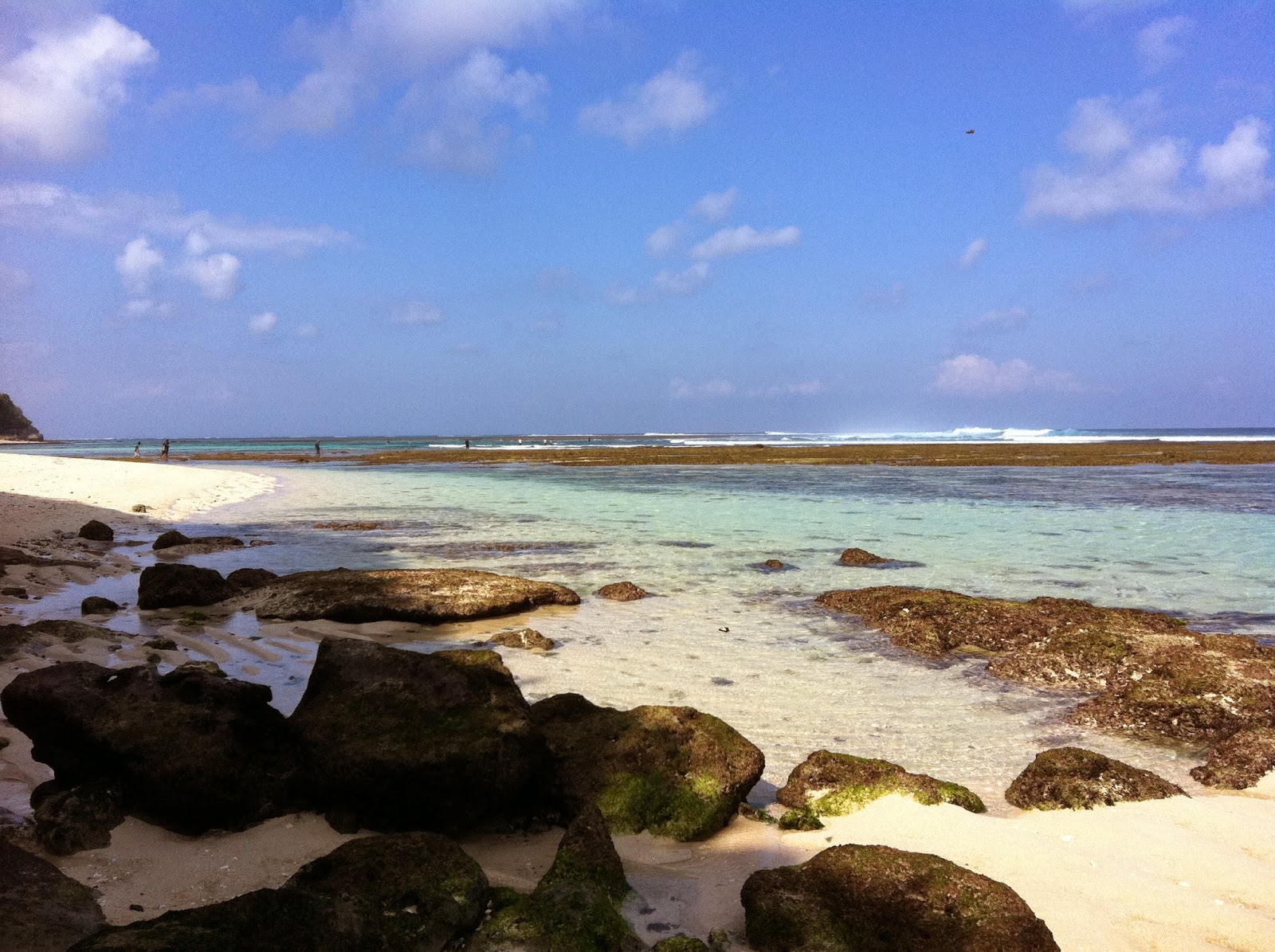
Batik is a technique of wax-resist dyeing applied to whole cloth, or cloth made using this technique. Batik is made either by drawing dots and lines of the resist with a spouted tool called a canting , or by printing the resist with a copper stamp called a cap. The applied wax resists dyes and therefore allows the artisan to color selectively by soaking the cloth in one color, removing the wax with boiling water, and repeating if multiple colors are desired.
A tradition of making batik is found in various countries, including Nigeria, Singapore, India, Malaysia, Philippines and Sri Lanka; the batik of Indonesia, however, is the most well-known. Indonesian batik made in the island of Java has a long history of acculturation, with diverse patterns influenced by a variety of cultures, and is the most developed in terms of pattern, technique, and the quality of workmanship. On October 2009, UNESCO designated Indonesian batik as a Masterpiece of Oral and Intangible Heritage of Humanity.
HISTORY
Wax resist dyeing of fabric is an ancient art form. It already existed in Egypt in the 4th century BC, where it was used to wrap mummies; linen was soaked in wax, and scratched using a stylus. In Asia, the technique was practiced in China during the Tang Dynasty (618-907 AD), and in India and Japan during the Nara Period (645-794 AD). In Africa it was originally practiced by the Yoruba tribe in Nigeria, Soninke and Wolof in Senegal. These African version however, uses cassava starch or rice paste, or mud as a resist instead of beeswax.
The art of batik is most highly developed in the island of Java in Indonesia. In Java, all the materials for the process are readily available — cotton and beeswax and plants from which different vegetable dyes are made. Indonesian batik predates written records: G. P. Rouffaer argues that the technique might have been introduced during the 6th or 7th century from India or Sri Lanka. On the other hand, the Dutch archaeologist J.L.A. Brandes and the Indonesian archaeologist F.A. Sutjipto believe Indonesian batik is a native tradition, since regions such as Toraja, Flores, Halmahera, and Papua, which were not directly influenced by Hinduism, have an age-old tradition of batik making.Rouffaer reported that the gringsing pattern was already known by the 12th century in Kediri, East Java. He concluded that this delicate pattern could be created only by using the canting, an etching tool that holds a small reservoir of hot wax, and proposed that the canting was invented in Java around that time. The carving details of clothes worn by East Javanese Prajnaparamita statues from around the 13th century show intricate floral patterns within rounded margins, similar to today's traditional Javanese jlamprang or ceplok batik motif. The motif is thought to represent the lotus, a sacred flower in Hindu-Buddhist beliefs. This evidence suggests that intricate batik fabric patterns applied with the canting existed in 13th-century Java or even earlier.
In Europe, the technique was described for the first time in the History of Java, published in London in 1817 by Stamford Raffles, who had been a British governor for the island. In 1873 the Dutch merchant Van Rijckevorsel gave the pieces he collected during a trip to Indonesia to the ethnographic museum in Rotterdam. Today the Tropenmuseum houses the biggest collection of Indonesian batik in the Netherlands. The Dutch and Chinese colonists were active in developing batik, particularly coastal batik, in the late colonial era. They introduced new patterns as well as the use of the cap (copper block stamps) to mass-produce batiks. Displayed at the Exposition Universelle at Paris in 1900, the Indonesian batik impressed the public and artists.
In the 1920s, Javanese batik makers migrating to Malaya (now Malaysia) introduced the use of wax and copper blocks to its east coast.
In Subsaharan Africa, Javanese batik was introduced in the 19th century by Dutch and English traders. The local people there adapted the Javanese batik, making larger motifs with thicker lines and more colors. In the 1970s, batik was introduced to Australia, where aboriginal artists at Erna Bella have developed it as their own craft.


 Motor boat to Turtle Island can be rented with varying prices. Minimum 2
persons for all the rent and a maximum of 8 people for one boat. They
are easily found hung on the edge of the beach is provided by water
sports operators in Tanjung Benoa. Before visited Turtle Island,
visitors will be invited to the sea is about 100-200 meters from the
beach to see the beauty of the seabed. One of the guides as well as a
boat driver to prepare bread to feed the fish. From the top of this
boat, fish with beautiful colors shapes bring himself to approach the
boat above the water surface.
Motor boat to Turtle Island can be rented with varying prices. Minimum 2
persons for all the rent and a maximum of 8 people for one boat. They
are easily found hung on the edge of the beach is provided by water
sports operators in Tanjung Benoa. Before visited Turtle Island,
visitors will be invited to the sea is about 100-200 meters from the
beach to see the beauty of the seabed. One of the guides as well as a
boat driver to prepare bread to feed the fish. From the top of this
boat, fish with beautiful colors shapes bring himself to approach the
boat above the water surface.








